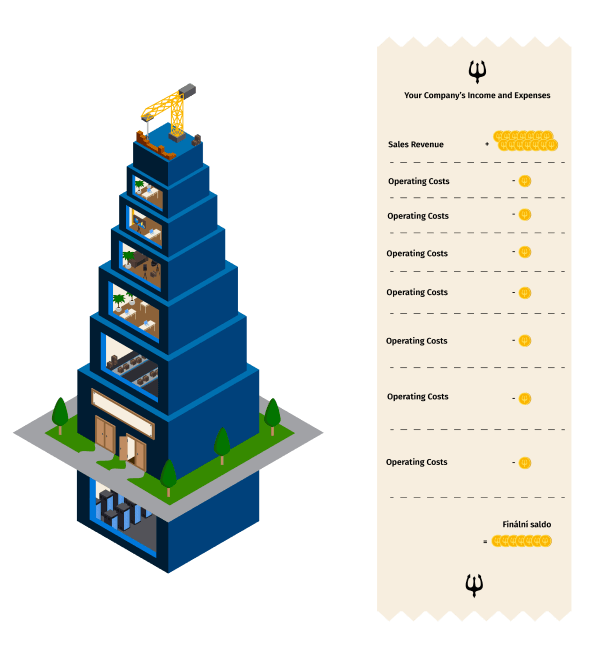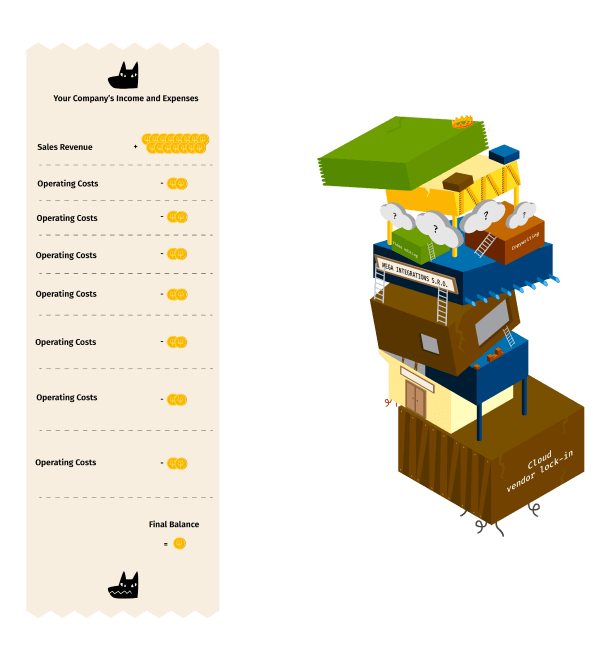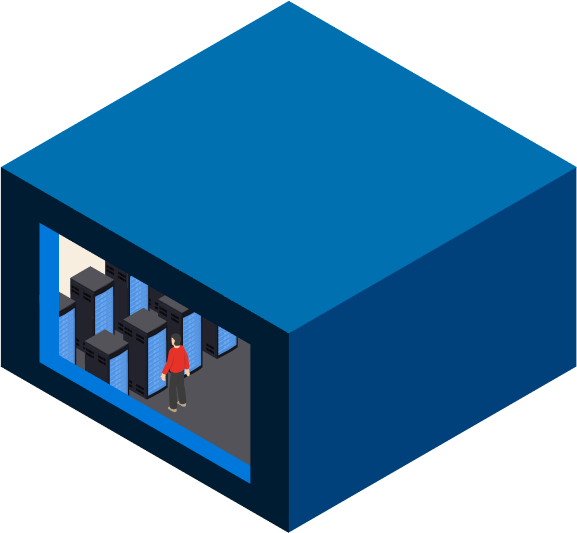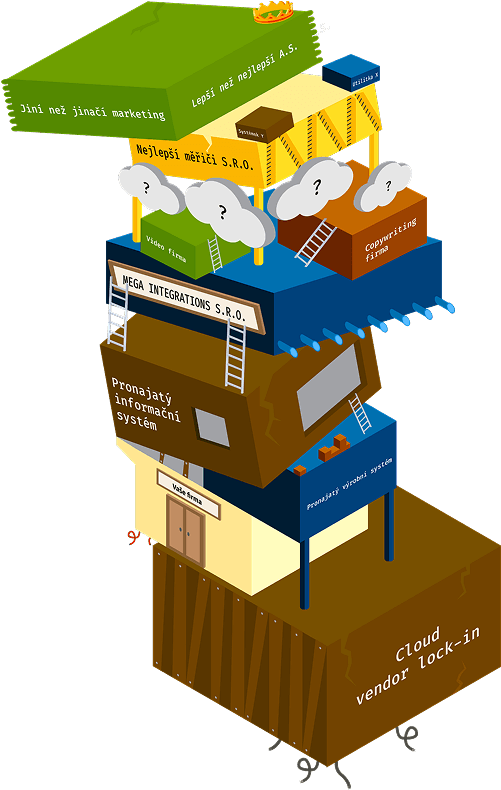TRITON IT is your reliable partner for your integrated digital vertical.
We help you build it, nurture it, and protect it against redundant services and corporate vendor lock-ins.


What is a digital vertical?
A source of opportunities and savings within your corporate vertical.
An integrated digital corporate vertical means that the company has digital tools and processes connected across the entire business - from manufacturing or development to sales and customer service. As a result, it manages costs better, responds quickly to change, and is less dependent on external suppliers because it is in full control of its ecosystem. This saves money and increases its independence.

A fully integrated digital business vertical saves costs by managing everything key internally and not paying unnecessary margins to third parties. Processes are efficiently connected, without unnecessary intermediate steps and commuted commissions from external suppliers. As a result, the company keeps more money in-house, has better control over costs and achieves higher profitability.
VS

Without integrated digitization, a company is dependent on a number of external IT services that charge fees for licensing, interconnection and operations. Each vendor adds their own margin, which increases costs and creates dependency on their services. As a result, much of the money earned does not belong to the company but goes elsewhere, reducing its financial stability and flexibility.
1. Marketing and support
To effectively manage sales and marketing, a company must have full control of its recruitment funnel, accurately know the cost and performance of each step, and react quickly to market changes. The key is not to outsource control, but to leverage their expertise for superior measurement and analytics.
2. Measurements and processes
To effectively manage sales and marketing, a company must have full control of its recruitment funnel, accurately know the cost and performance of each step, and react quickly to market changes. The key is not to outsource control, but to leverage their expertise for superior measurement and analytics.
3. Creating your own content
Effective copywriting, audio and video production is key to growth, but without proper optimization, it can eat up budget. A company should cleverly combine automation, AI and creative human resources to achieve the optimal cost/performance ratio. An external partner can bring new ideas and support, but control over the cost and process of content creation must remain in-house.
4. Information system
An in-house information system is the basis for the stability and scaling of the company, replacing fragmented external tools and “excels” and simplifying processes. The key is the right timing – it should be created when its operating costs are lower than the sum of fees for external services and its functions will bring real savings in time and money.

5. Process automation
Automation of business administration does not have to mean dependence on external services or corporate vendor locks with constant fees. A strong partner can deliver automation software that the company owns, fully controls and can easily extend using low-code/no-code tools. This approach also perfectly complements the inhouse information system and allows for maximum efficiency.
6. Integration into the environment
A digital company needs to efficiently connect its systems with external services without unnecessarily paying for many different integration tools that the supplier turns on once and then just collects flat fees. A reliable partner will help consolidate third-party integrations into their own solution, eliminating accumulated fees and giving the company back full control of its data and processes.

7. Hardware under control
Enterprise cloud offers scalability, but can be costly and lead to vendor lock-in. Having your own infrastructure with an in-house cloud reduces vendor dependency and, in many cases, costs. A reliable partner will help strike a balance between flexibility, control and economies of scale. Integrating hardware into the corporate vertical then brings additional savings and strategic advantage.
What the digital part of the corporate vertical looks like,
when the company has no control over it?
Like a tower of Babel!
A company without an integrated
digital vertical
- Paying up to dozens of third-party margins for apps and online tools.
- It pays for digital "ax soup" that it doesn't even need to grow.
- Pays flat fees for one-off third-party app integrations to other third parties.
- It pays hidden kickback commissions to corporate vendor lock-in brokers.
- Does not take advantage of all opportunities for efficient growth.
- Loses independence.

Taking pride in the health of your business?
Then build your digital enterprise vertical with the experts at TRITON IT.





